


We have chosen to connect the Center of Contemporary Art and the façade of the old school with the whole village of Casso. The art we love neither is born and lives in the void nor dialogues with itself, but waves relationships with the people and the places that host it. In fact, the construction of the work will require the involvement of seven uninhabited houses, chosen among those in the village. On the façade of the Art Center stands the inscription PLAY> and the meaning of the work lies in the multiplicity of meanings of that term (turn on a light or a device, do a game, perform music). In the museum there is a small pianola for children. The “play” key of the pianola activates the neon sign on the facade. At this point, one can start to “play houses”. Each key has a different sound and a different house will act as a speaker. The impulse that generates the sound on the streets of Casso comes from the Museum. The music fills the streets and the air. It is the proof that art can play and turn on what appears to be off, sad and silent.
Technical specifications: the neon sign has dimensions H = 0.8 m, W = 4 m, for a total extension of about 8 linear meters and is placed as shown in Figure 1; the pianola is a small toy, powered and connected to an ad ad-hoc developed hardware and software platform which allows, by means of Hyperlan wireless connections, to spread one or more audio signals (from a simple note to a generic musical motif) associated to each home over IP, by simply pressing the piano keys. The system is modular, user-friendly and, above all, dynamic, i.e. it is possible to associate a melody to a key on the piano whenever you want, with easy access to the “PLAY Server” (in the case of Internet connectivity also via the Web). SMARTS Ltd, a spin-off of the Mediterranean University of Reggio Calabria and innovative start-up in the ICT sector, will provide the feasibility study, design, and development.
–
Abbiamo scelto di mettere in relazione il centro di arte contemporanea e la facciata della vecchia scuola con l’intero paese di Casso. L’arte che amiamo non nasce e non vive nel nulla e non dialoga con se stessa, ma intreccia relazioni con la gente e con i luoghi che la ospitano. La costruzione del lavoro esigerà infatti il coinvolgimento di sette case disabitate scelte nella città. Sulla facciata del centro d’arte campeggia la scritta PLAY> e il senso del lavoro risiede nella molteplicità dei significati del termine (accendi, gioca, suona). Nel museo c’è una piccola pianola da bambini. Il tasto play della pianola attiva la scritta al neon sulla facciata. A questo punto si può iniziare a suonare le case. Ad ogni tasto corrisponde un suono diverso ed una diversa casa fungerà da altoparlante. Dal museo parte l’impulso che genera suono tra le strade di Casso. La musica invade i vicoli e l’aria. E’ la prova che l’arte può suonare, accendere e giocare ciò che sembra spento, triste e muto.
Specifiche tecniche: la scritta al neon ha dimensioni H=0,8 m, W=4 m, per un totale di circa 8 metri lineari ed è collocata come nella figura 1; la pianola è un piccolo giocattolo alimentato e collegato ad una piattaforma hardware e software sviluppata ad-hoc che consente, per mezzo di connessioni hyperlan, di diffondere uno o più segnali audio su IP (dalla semplice nota al generico motivo musicale) per ciascuna casa, semplicemente pigiando i tasti della pianola. Il sistema è modulare, user-friendly e soprattutto dinamico, cioè è possibile associare un motivo musicale ad un tasto della pianola ogniqualvolta si voglia, mediante un semplice accesso al “PLAY Server” (in caso di connettività Internet anche via web). Lo studio di fattibilità, la progettazione e lo sviluppo sono di SMARTS S.R.L., uno spin-off dell’Università Mediterranea di Reggio Calabria e start-up innovativa nel settore ICT.



One Response to devecchi iera paulon

 milano/cosenza
milano/cosenza
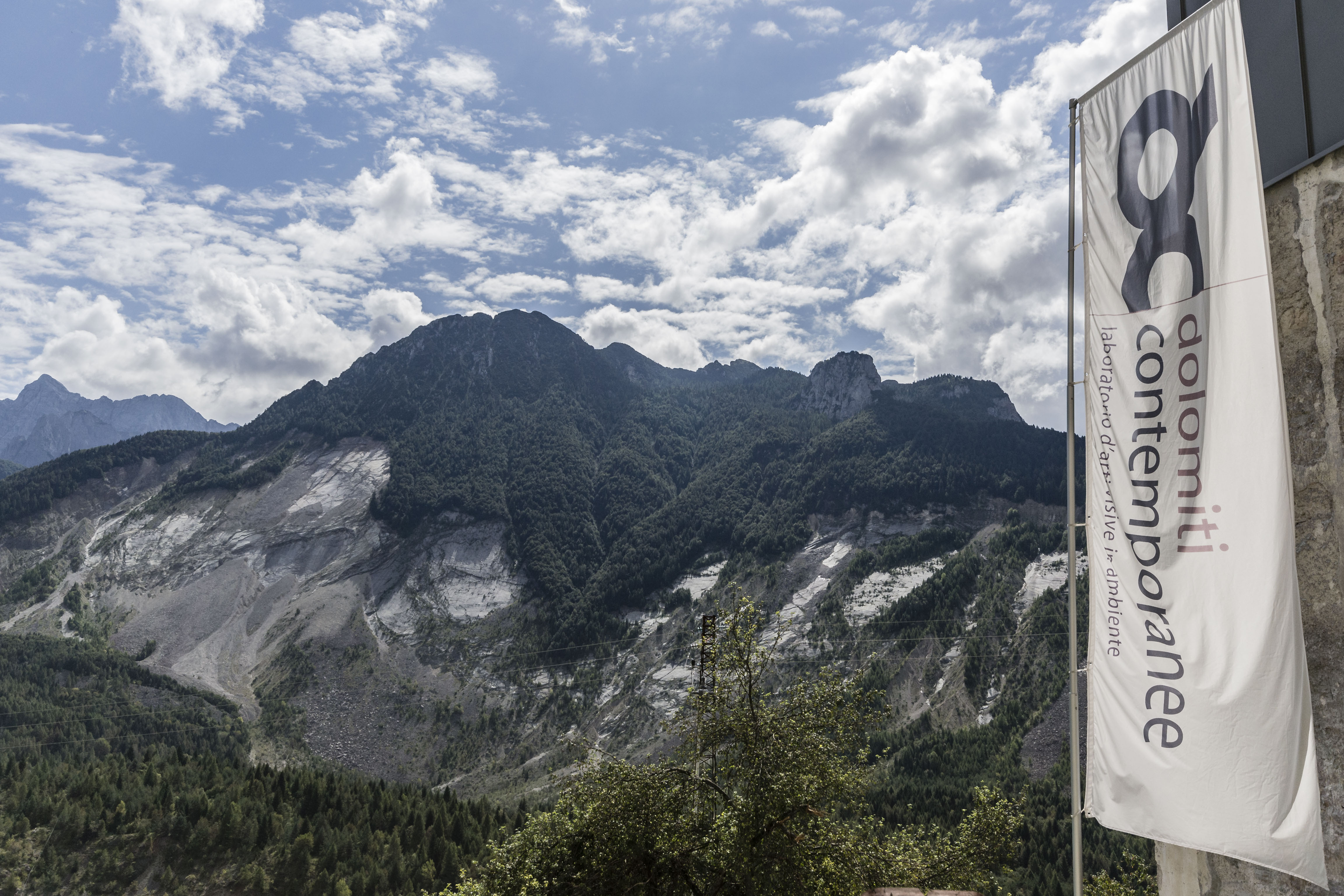
Tuesday, June 15th 2021, 2 – 4 PM, webinar panel:
two calls for vajont: fase _restart.
Vajont: [...]





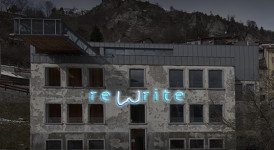
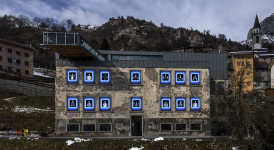
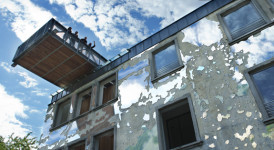

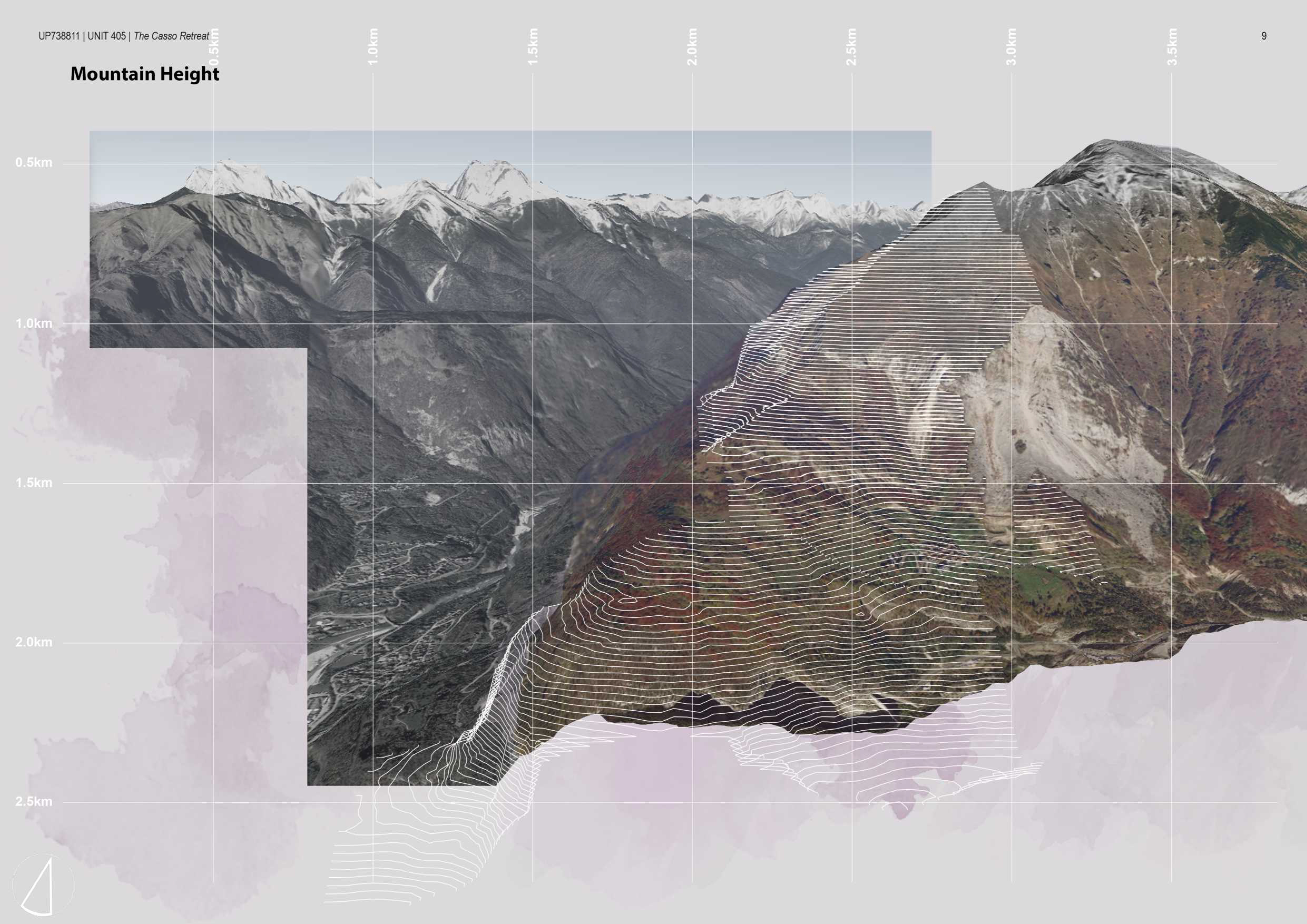









Semplice, potente e molto bella